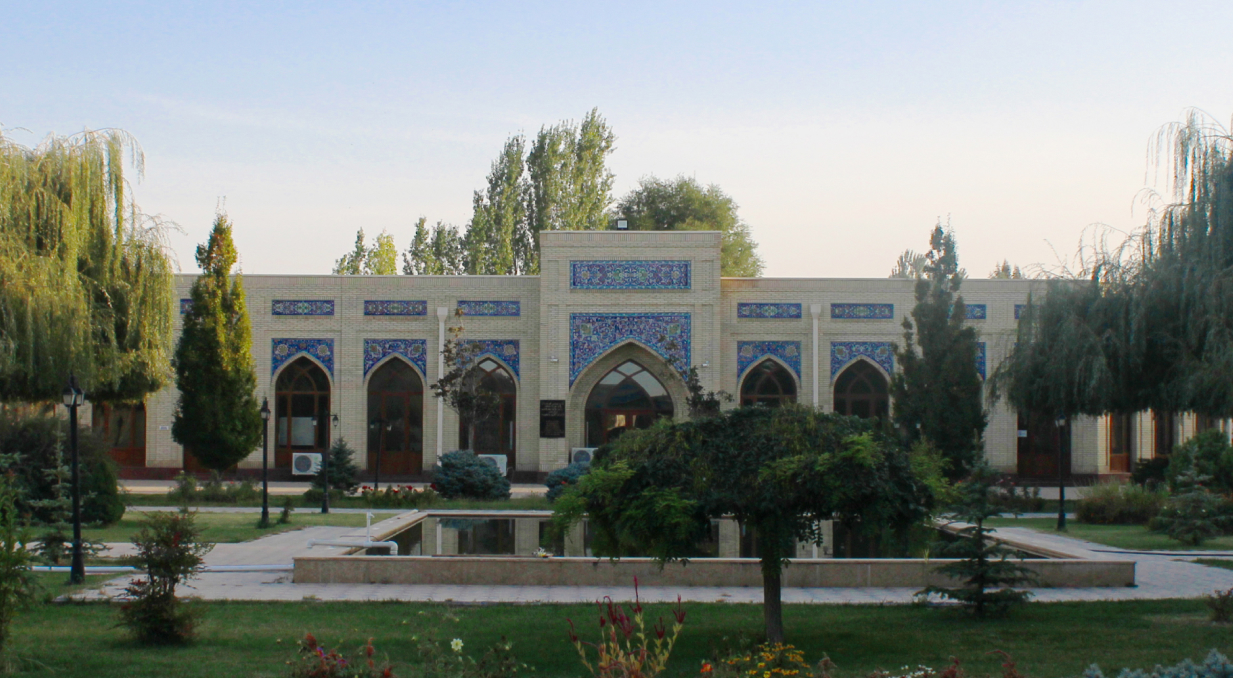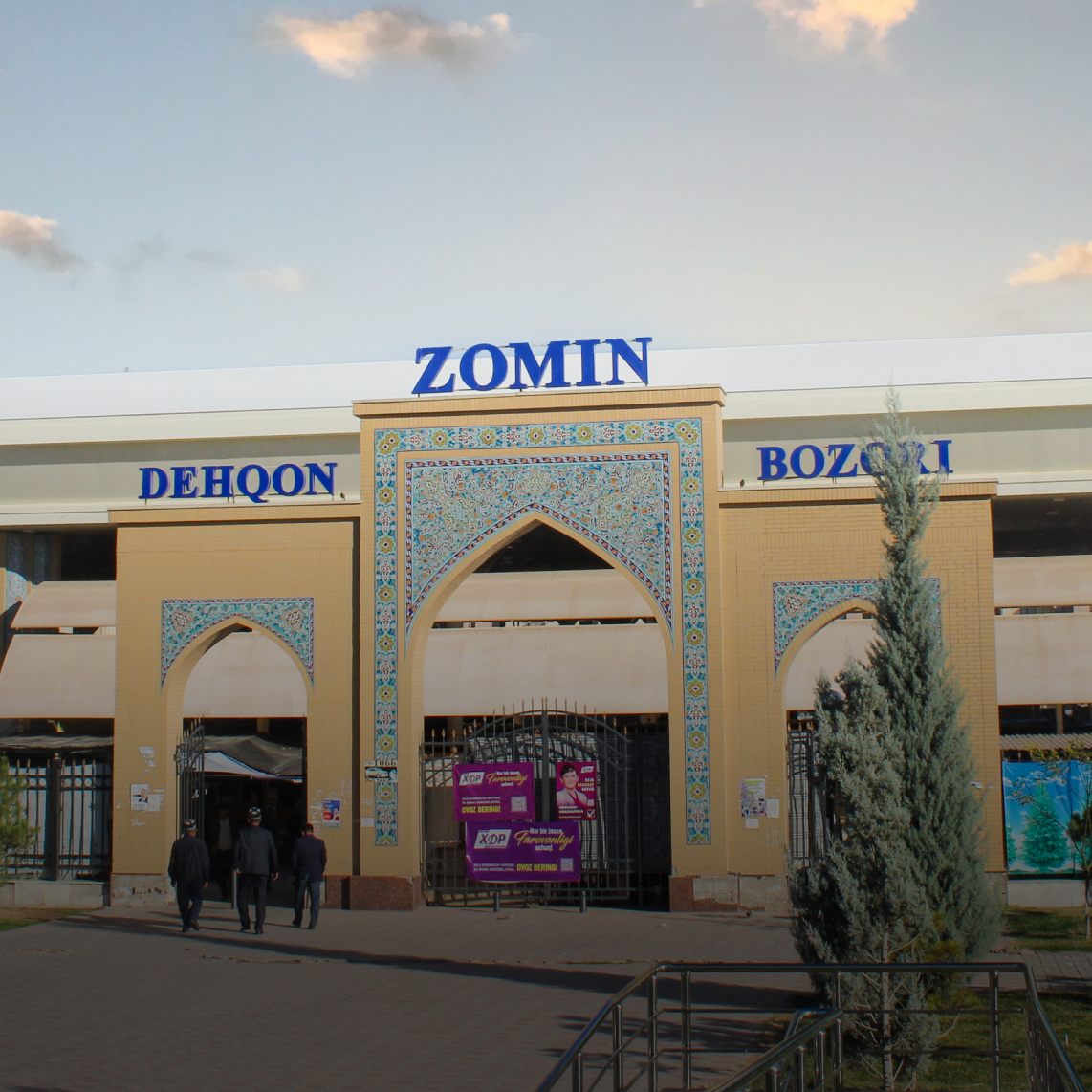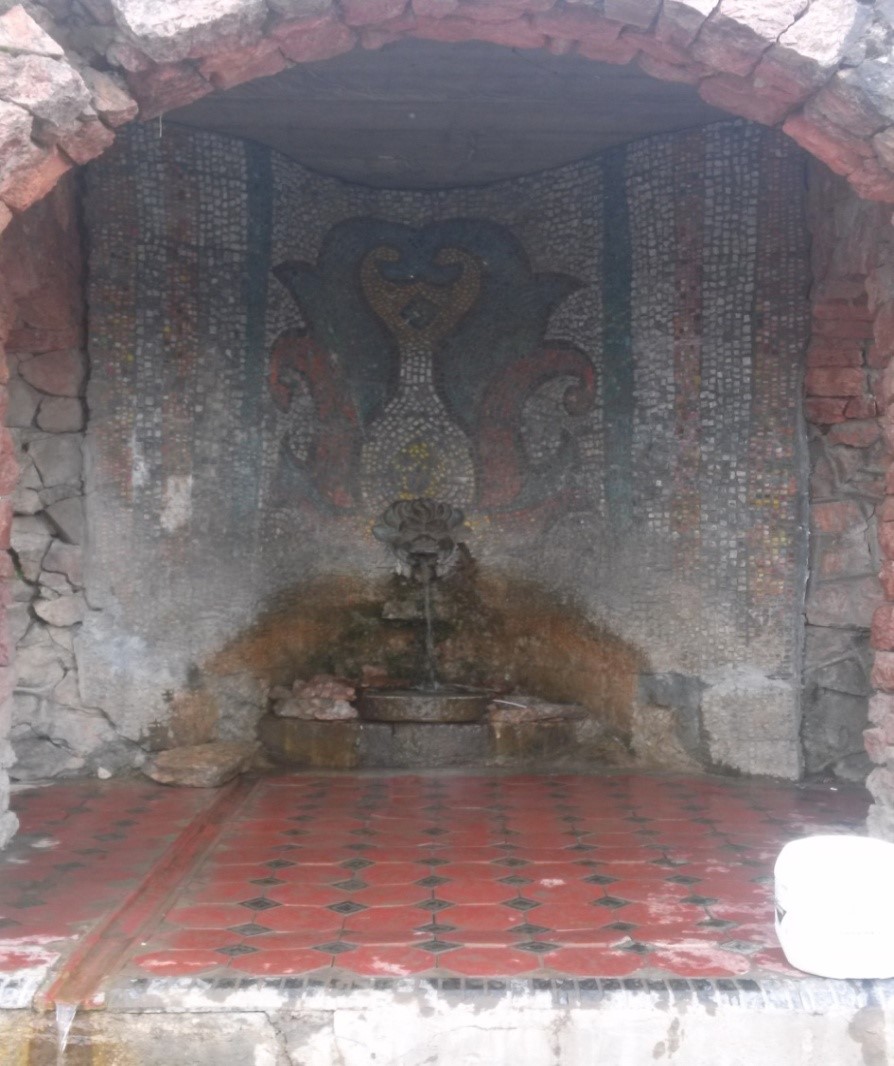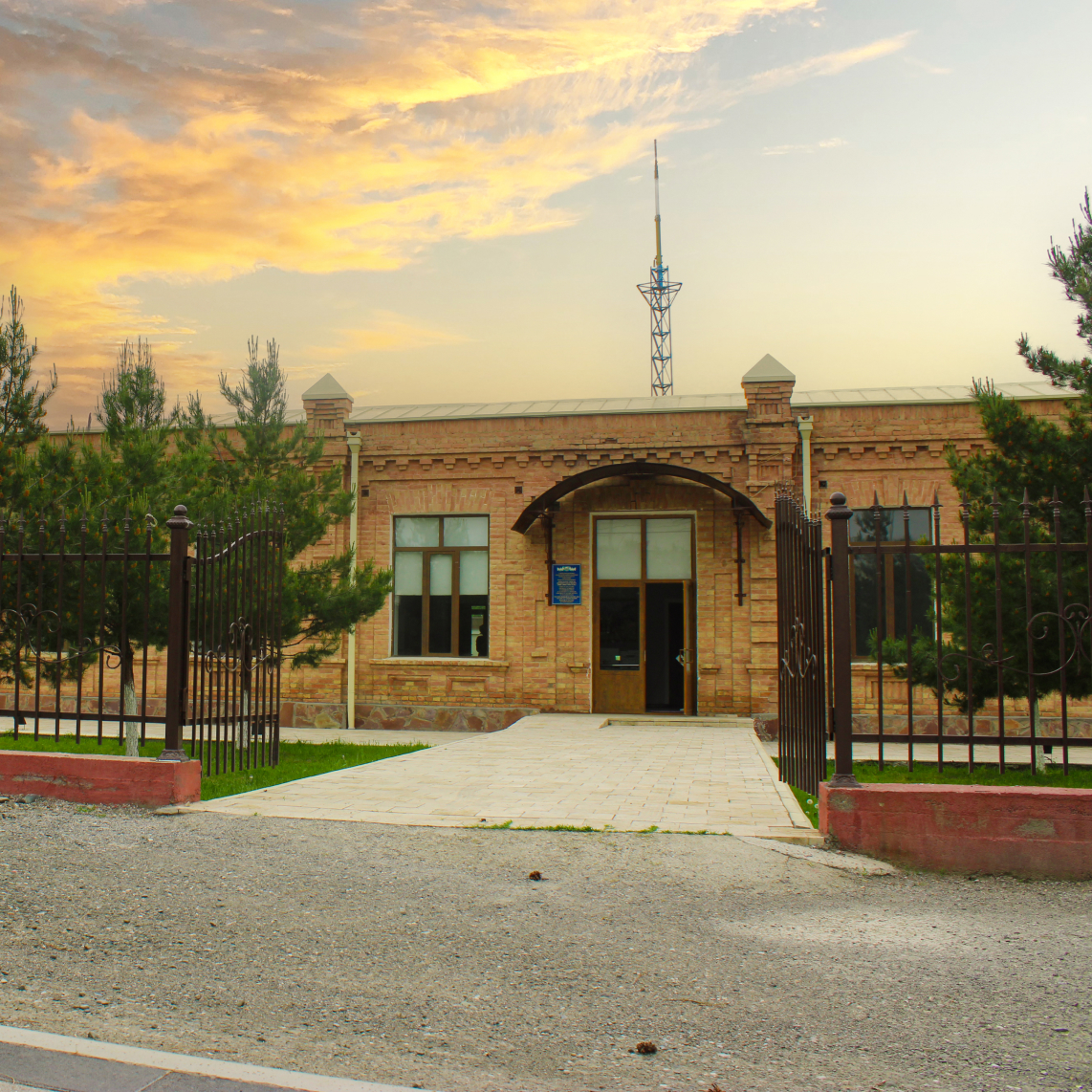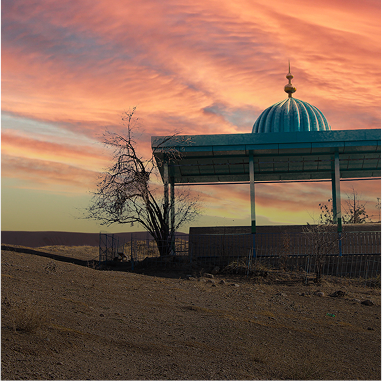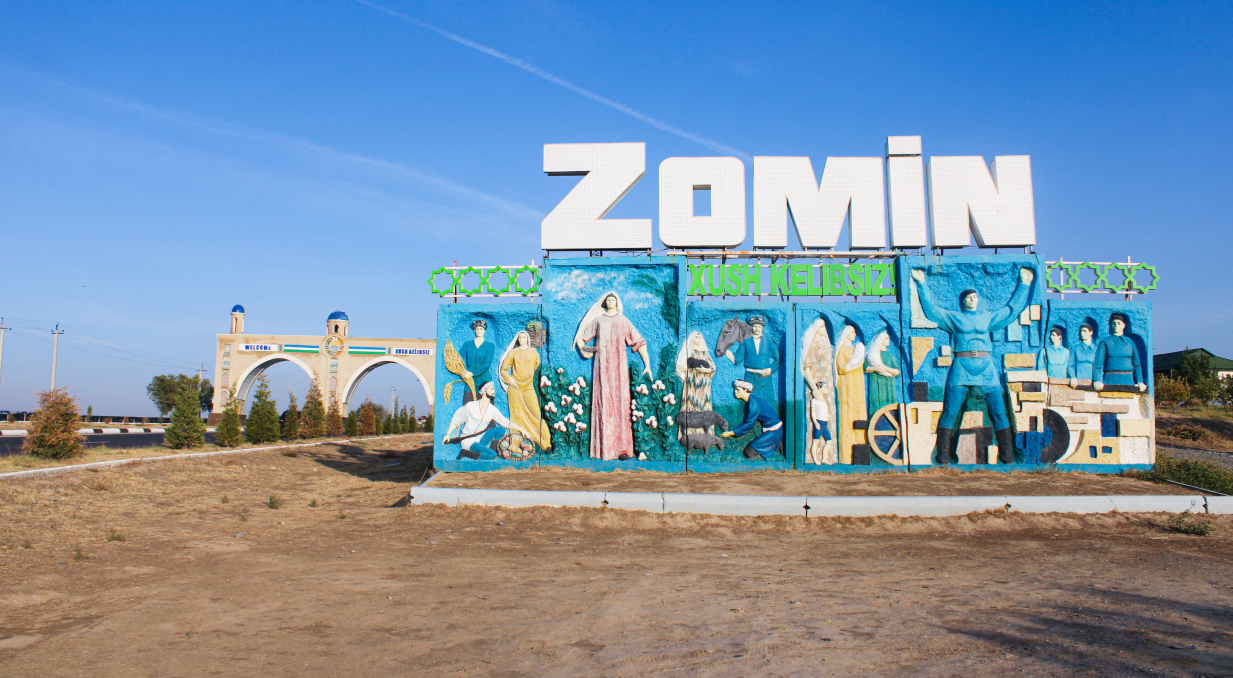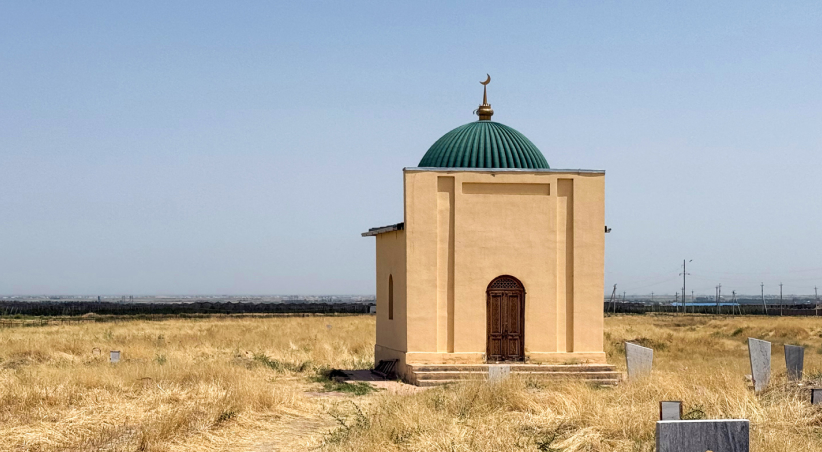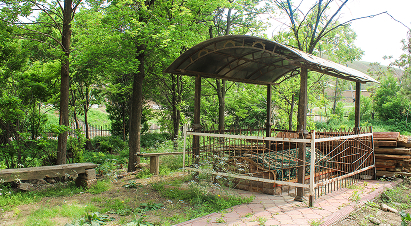Tog' echkisi
If the term “Zomin” is associated with the name of the angel of prosperity "Zomyod" mentioned in the Avesta, then the history of this city dates back to the time of our Zoroastrian ancestors, between the 7th and 5th centuries . According to ancient historical sources, in 330 yrs., the famous Greek king Alexander the Great (Iskandar Zulqarnayn) invaded Zomin, which was referred to as “Kiropol” in antique chronicles. Historians Arrian and Curtius report that the world conqueror suffered a severe wound in this city.
In the Middle Ages, “flourishing Zomin” was noted by all Arab historians. It was considered one of the largest and most significant cities on the Great Silk Road. Eastern philosopher Abdurahman Jami (1414–1492) is reported to have stopped in Zomin on his way from Samarkand to Shosh. The king and poet Zahiriddin Muhammad Babur also mentioned Zomin several times in his immortal work “Baburnama”.
In the center of Zomin lies a magnificent historical complex. It includes the mausoleum of “Khoja Qahhor Vali” and the mosque of “Khalid ibn Walid”. The “Babotut” tree planted during the mosque’s construction is said to be at least two thousand years old. During the restoration of the local khanqah, archaeological research led by Alexey Gritsina, a senior researcher of the Institute of Archaeology and Candidate of Historical Sciences, revealed that based on the pottery fragments and coins found there, the monument dates back to the 10th century , during the Samanid era.
